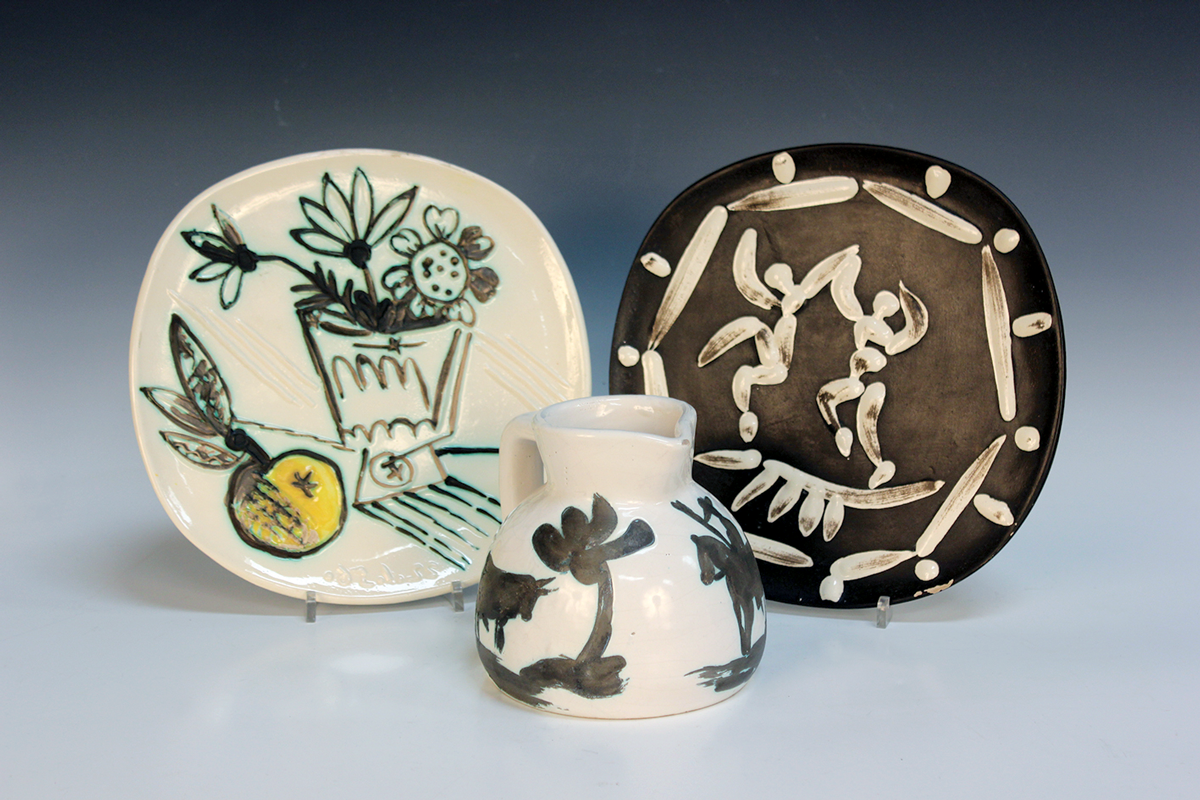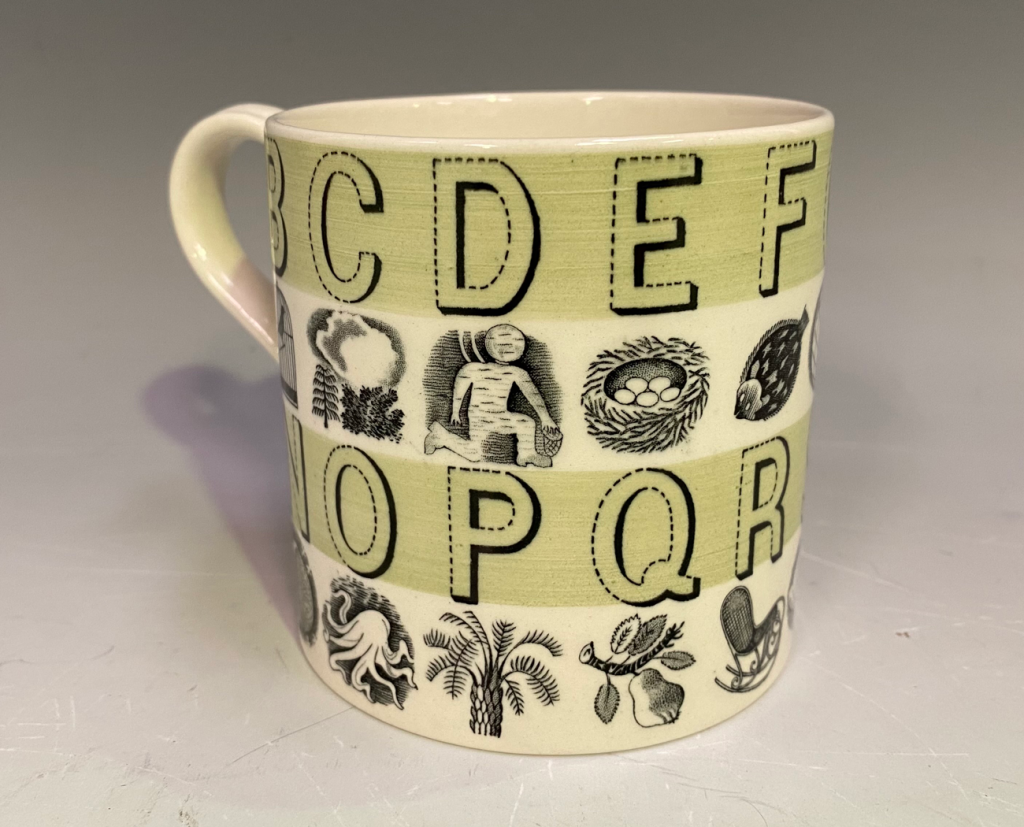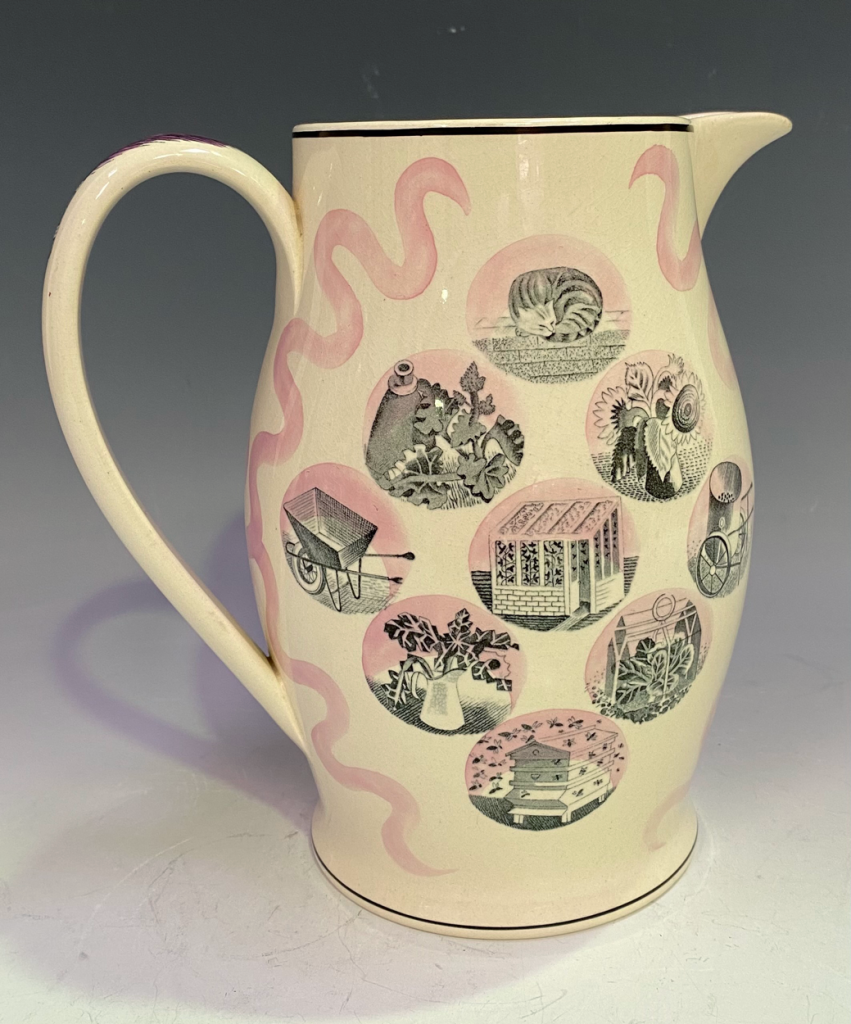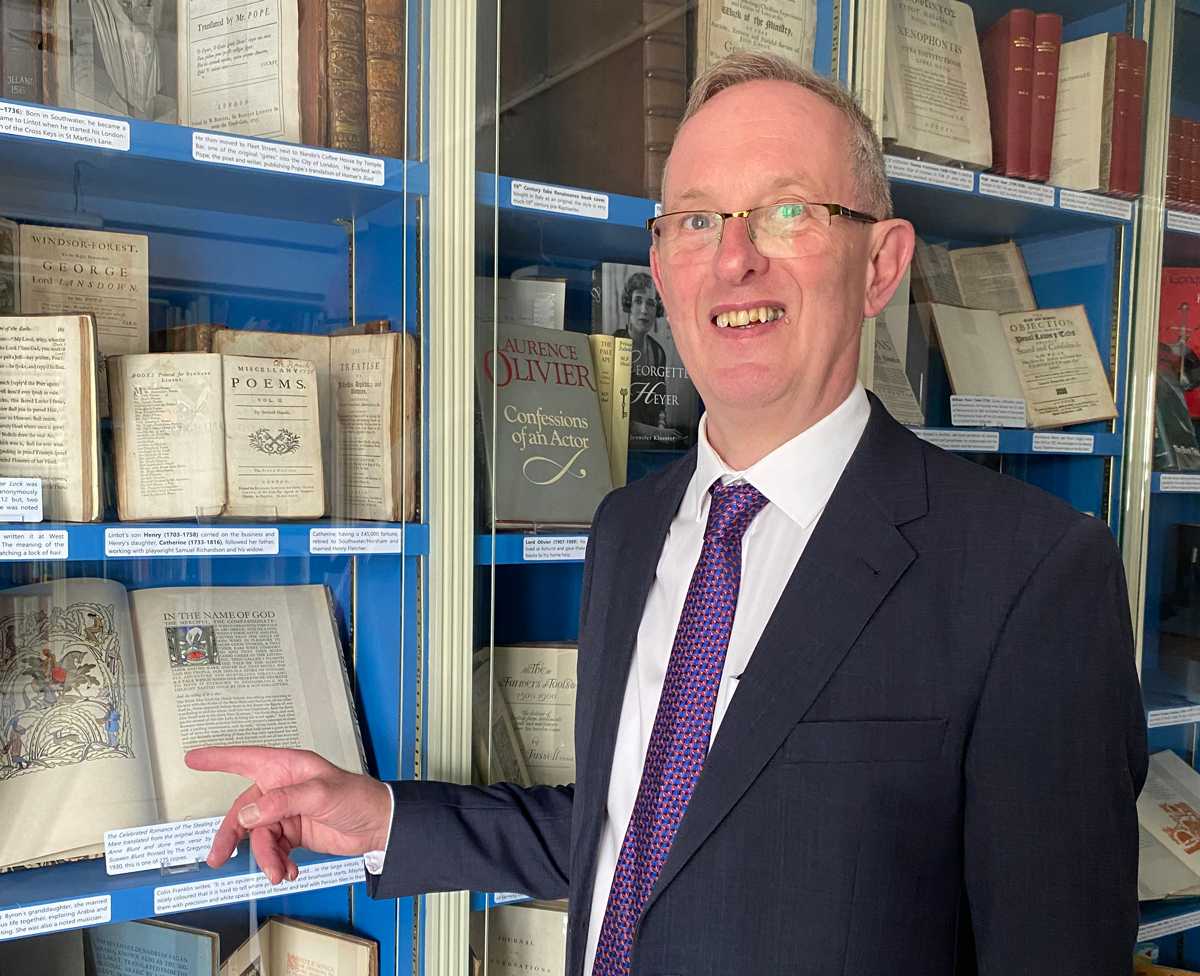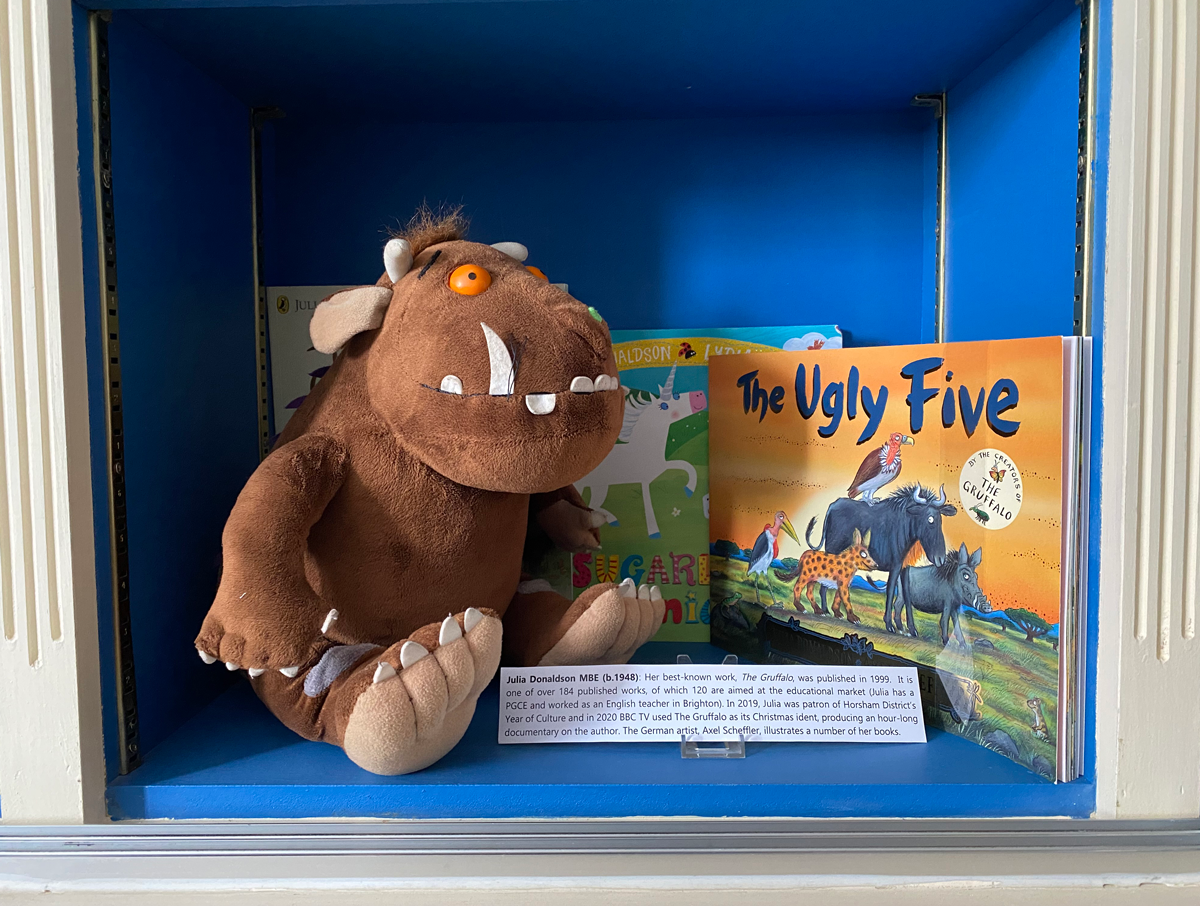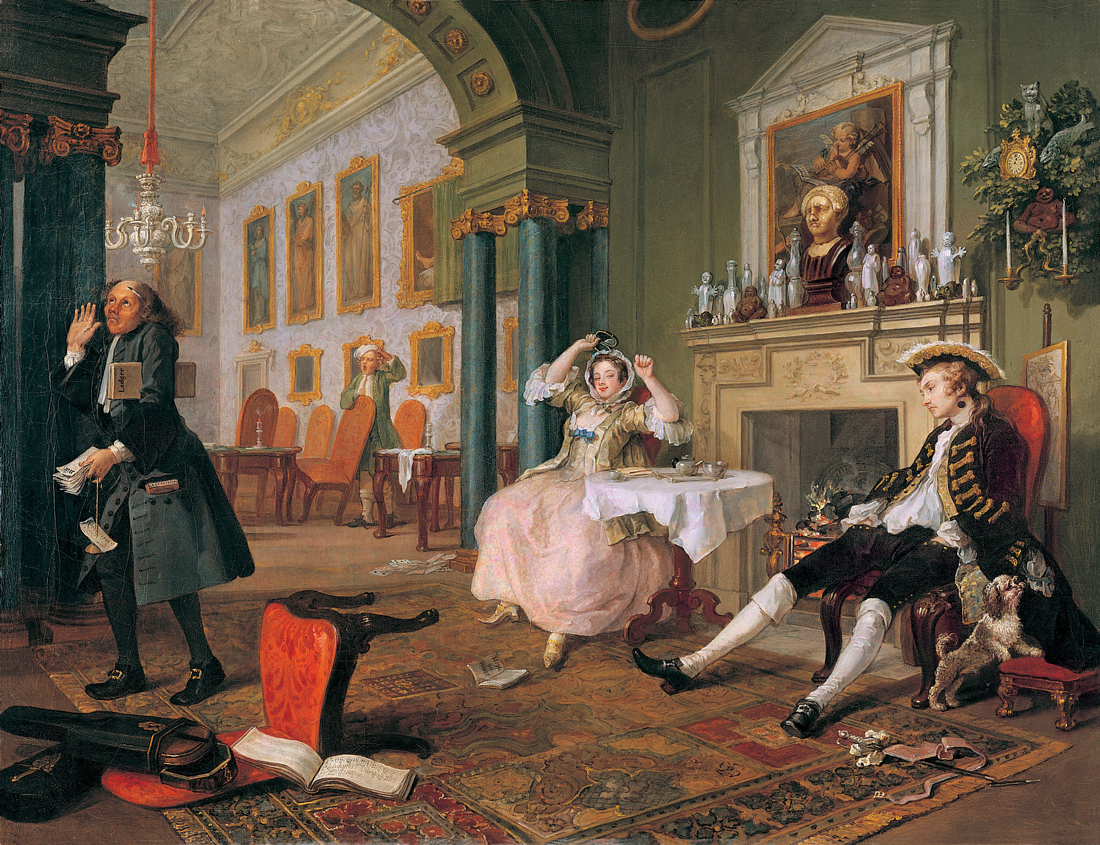
William Hogarth (1697-1764) has been described as one of Britain’s most important artists. His work is the subject of a major exhibition at Tate Britain which opens next week. This beautifully conceived show places Hogarth’s work in the context of his British and Continental contemporaries.
Hogarth’s satirical commentary on the excesses of dissolute lives in 18th century English society are defined by the strength of their pictorial narratives, and though the figures depicted are often caricatures they are also examples of portraiture of the highest order.
Hogarth’s own father underwent periods of mixed fortune and at one time was in debtor’s prison. This experience perhaps lends Hogarth’s work its uncompromising edge in his series of satirical social commentaries which included A Harlot’s Progress, A Rake’s Progress, and Marriage A-la-Mode, a scene from which you see here titled The Tête à Tête.
The couple are clearly disinterested in each other. The wife sits in an un-ladylike pose. Her attire and the look on her face implies her infidelity. In contrast her husband sits dolefully and impotent whilst the steward, dressed as a pious Methodist, walks away with a look of disapproval and a ledger under his arm which we are to presume is full of unpaid accounts. The picture is filled with hidden references to the couple’s dissolute lives and its emerging consequences.
William Hogarth was not only a painter but a printmaker and it was through his prints that his popularity grew making him perhaps the most significant English artist of his generation.
The exhibition highlights the influence of French and Italian painting and engraving on Hogarth’s work.
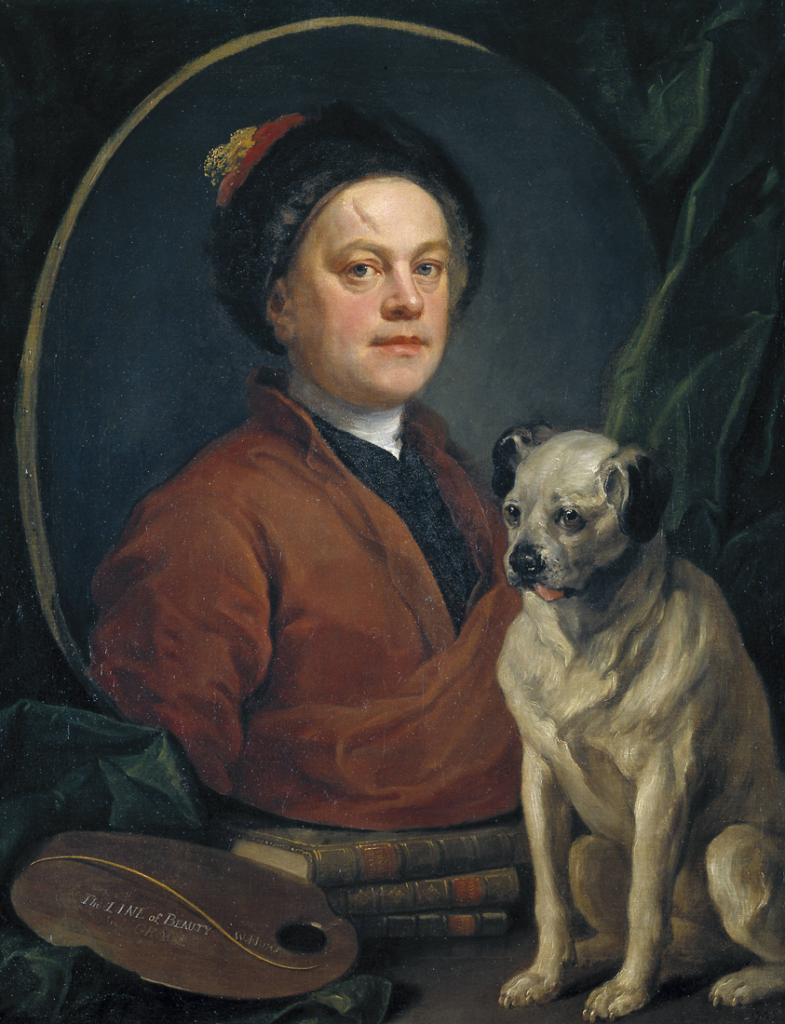
I love the indifference of Hogarth’s pug as he sits before his master’s self-portrait. It gently illustrates Hogarth’s wit and realism.
Hogarth objected to slavishly pandering to his patron’s demands which he called phizmongering. The remarkable un-finished sketch Heads of Six of Hogarth’s Servants is my favourite in this rich exhibition. It illustrates the artist’s absolute gift and delight in portraiture at a democratic level. There is such insight into the sitters’ characters and concerns, reverence without caricature. Mrs Hogarth kept the painting in her possession at their Chiswick home until her death.
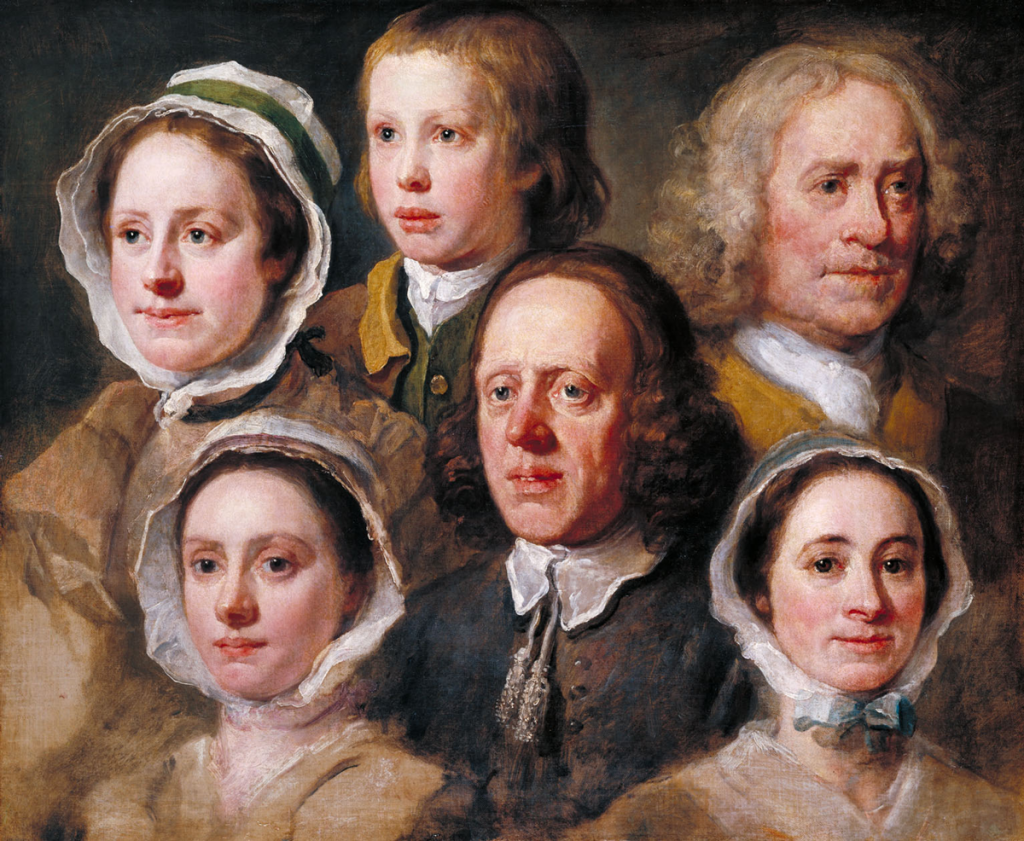
This welcome exhibition at Tate Britain provides a refreshing narrative for William Hogarth, his times, his contemporaries and his work. To book your tickets visit www.tate.org.uk
